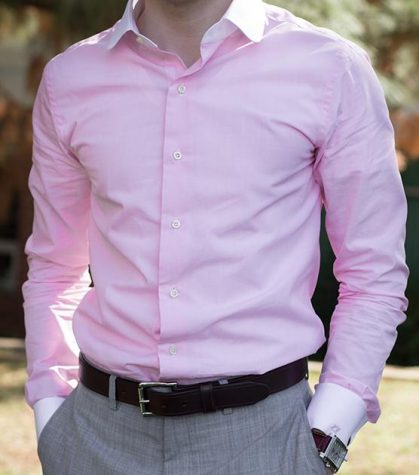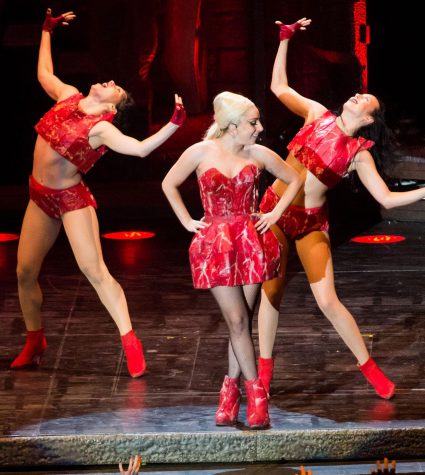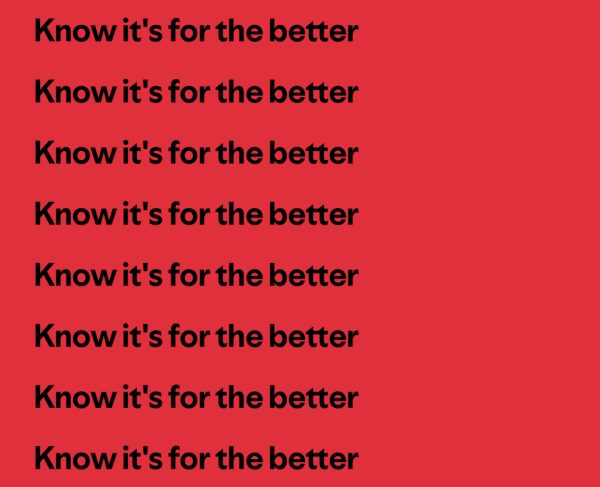Comparing private versus public schools
Campus of Immaculate Heart High School, a Catholic, all-girl, college preparatory school.
“You go from knowing everyone to knowing a few people in one of your classes,” says Daryl Paras, a junior at Clark and primary school graduate of the private, sectarian Holy Family Grade School located in Glendale.
Private school versus public school has been a debate that dominates the kitchen and living room of homes all over the nation. Many parents face the decision of choosing which one to enroll their children in; however, it is just as stressful, if not more so, for the students.
The move from private to public school was somewhat difficult for Paras. “The transition was kind of scary because I was at a small, Catholic school for nine years,” she said. “I was used to having 30 or 40 people per grade level, and it was just a little strange for me coming to a school where one of my classes was 30 people.”
Certain things make private school appealing over public school. For example, the quality of care given to students is often on a much higher standard — this is simply because there are fewer students and individual attention is more available. Also, the teachers know the students on a more personal level. “That could be because it was a small school and we all went to the same church, but I always felt as though my teachers were more like caregivers and family members to me,” Paras said. “They just reached out to us.”
The main difference between private and public schools is of course, money. Public schools are funded by the state and federal governments through tax money. For that reason, every action is regulated by school district and state laws. Private schools, on the other hand, are funded through monthly or annual tuition and private donations from grants or organizations.
In addition, operating in connection with another entity, such as the Catholic Church in Holy Family’s case, is another source of funds for the school. Since private schools are not affiliated with the state’s education system, they are free from many of the regulations that public schools must follow. This allows private schools to have more class options and specialized programs that cater to students’ abilities and interests. Public schools can sometimes struggle with this because funding towards specialized programs is sparse when other, vital operations such as lunch programs have priority.
At private schools like Holy Family, the lunch program does not have to follow the state and federal standards. Because of this, lunch prices can be significantly higher than the prices in public schools. Paras remembers just how much the food was. Lunch cost a little over $4 by the time she was in the eighth grade. “The prices would go up every few years, but you could tell the food got better, too. The food was good,” she said. “You got what you paid for.”
Although private schools have the means of providing these services, they are usually more selective than public schools. Public schools by law, must accept all of their students. However, if the school district allows a school to be selective, like Clark, parents must enter their children in a lottery to gain a chance of admission, even though it is a public school. Becky Bondy, Clark’s counselling clerk, said that of the 320 letters of acceptance GUSD sent to incoming freshmen this year, approximately 51 of them were to students from private and parochial schools. Bondy said that the school aims to secure about 320 freshmen per year. Most private schools accept fewer incoming students in each grade. Private schools are not required to accept every student and are free to use whatever system they feel fit in order to admit pupils.
In terms of academics, teachers at public schools must be state-certified; this means that the quality of education is based off what the state requires. This can be a positive and a negative; it allows for the state to ensure knowledge by state-wide testing, but also creates a bureaucratic environment that can sometimes hinder the school. Teachers from private schools do not have to be state-certified.
Since private schools do not have to abide by state standards, the school does not have to administer state standardized tests to its students. When Paras came to Clark, it was her first time taking a California standardized test at school. “We never took the CST,” Paras said. “We took something called the ITBS, which stands for Iowa Tests of Basic Skills. The teachers said the test was just to check how much you learned and how much of that you retained since the last school year.” The ITBS tests are provided by the College of Education of the University of Iowa. ITBS tests are not only used by school districts in Iowa, but the tests can be administered to schools across the country.
The curriculum at private and parochial schools is different from the curriculum at public schools. Since private schools do not need to follow a state standard, they are able to tweak the curriculum to their liking. The curriculum at Immaculate Heart High School in Los Angeles is quite different from the curriculum at Clark. “We still have to complete our A-G requirements for college just like any other high school students,” says Angela Ubaldo, a student at Immaculate Heart.
At Immaculate Heart, taking eight semesters of a class is equal to taking four years of it. “We divide our classes into semesters because our school offers classes that are only one semester as opposed to one year.” Religion classes all four years is mandatory at Immaculate Heart. Ubaldo says that the religion classes start off as mostly Christian based, but they also learn about life in general. “There’s a class called LCV, which is Love, Choices and Vocations,” Ubaldo said. “There is also a class on women’s studies and contemporary moral issues.”
Immaculate Heart also offers more electives than Clark. “We have a ton of electives to choose from,” says Ubaldo. “They offer things like Shakespeare, Women in Lit, LA Noir, astronomy, geology and just so many more.”
Like a lot of parochial schools, IHHS has prayer services and/or masses on holy days of obligation. “We start every day off with a prayer,” says Ubaldo. “Religion is just a big part of the school.” Religion also affects when and how long vacations are. “Our spring break is different because we base it off of Easter. It’s pretty annoying sometimes though, because some of my friends from public schools have completely different breaks.”
Most differences between private and public schools are obvious. These differences can either be difficult to handle, or they can make one type of school better than the other. “The change to a public school after attending a private school for nine years has given me a new experience,” Paras said. “These past three years at Clark have provided me the opportunity to have some variety in my life.”

INTERESTS/HOBBIES: Taking photos, editing photos and crying and swimming and sleeping and playing with my dog
EXTRACURRICULAR ACTIVITIES: Publications...













